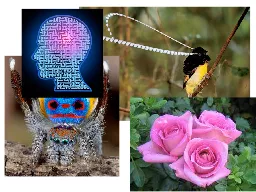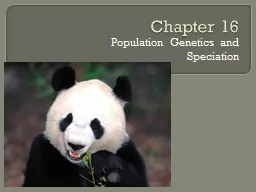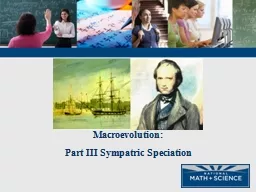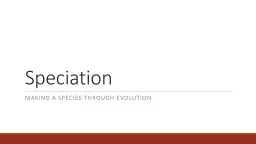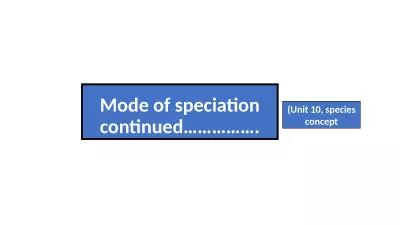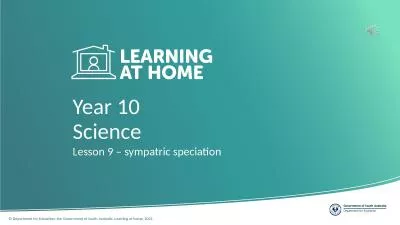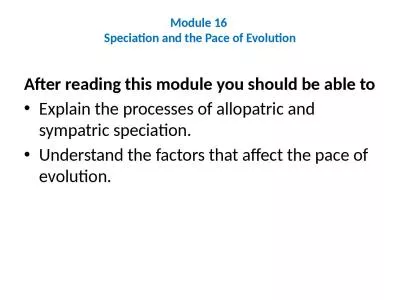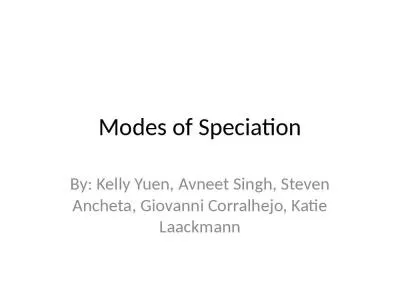PPT-Sexual selection can drive speciation
Author : joyousbudweiser | Published Date : 2020-11-06
and extinction Major questions Why do males compete for access to females Why are females so choosy direct amp indirect benefits sexy sons good genes Except for
Presentation Embed Code
Download Presentation
Download Presentation The PPT/PDF document "Sexual selection can drive speciation" is the property of its rightful owner. Permission is granted to download and print the materials on this website for personal, non-commercial use only, and to display it on your personal computer provided you do not modify the materials and that you retain all copyright notices contained in the materials. By downloading content from our website, you accept the terms of this agreement.
Sexual selection can drive speciation: Transcript
Download Rules Of Document
"Sexual selection can drive speciation"The content belongs to its owner. You may download and print it for personal use, without modification, and keep all copyright notices. By downloading, you agree to these terms.
Related Documents

